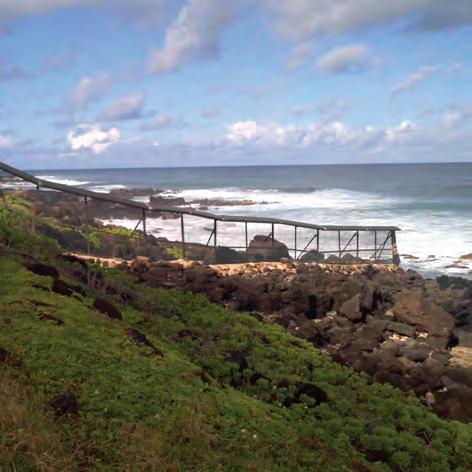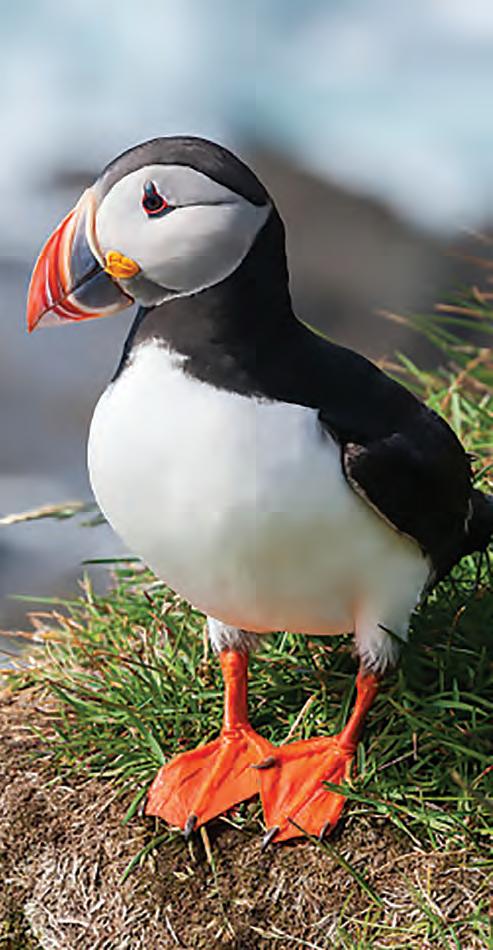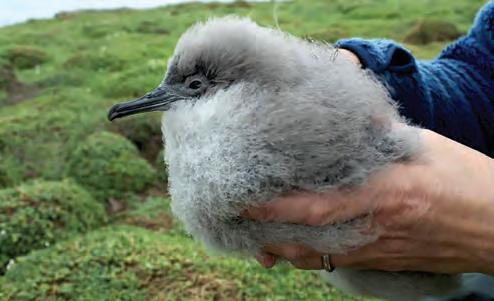
1 minute read
Case study: Lundy Island, UK
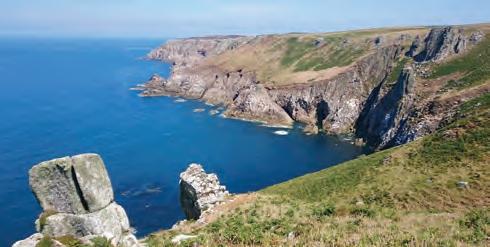
The Conservation Story
Advertisement
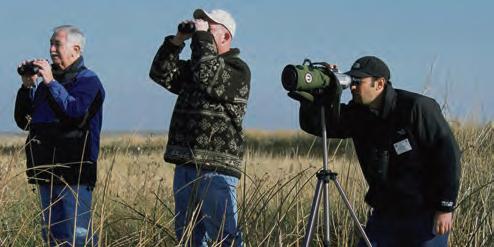
Lundy has been a conservation pioneer in the UK. From the moment that it was gifted to the National Trust of England major projects of habitat restoration and species conservation have been undertaken or are ongoing in the Island. Most seabird species had been declining sharply in the past few decades, including the puffins that give Lundy its name (‘lund’ is ‘puffin’ in old Norse). A rat-eradication project was undertaken in 2004, and by 2006 Lundy was declared rat-free. In 2010 the sea around Lundy was designated the UK’s first Marine Conservation Zone, overlapping with a Special Area of Conservation which protects the islands’ reefs, caves and sandbanks. Lundy has also been declared a No Take Zone, protecting it from fishing, dredging and dumping.
Wildlife Benefits
The eradication of rats and other habitat restoration works have allowed native wildlife to thrive, including 330 species of plants, 35 species of birds, and a colony of 200 grey seals. The most striking effect of the rat eradication has been on seabirds. In 2022 Lundy’s beloved puffins, who were on the brink of extinction with less than 10 birds left, have increased to a healthy population of 848 birds, with Manx shearwaters going from 297 pairs to 6,225 pairs. Overall, seabird numbers have so far tripled, with over 21,000 birds breeding in Lundy nowadays.
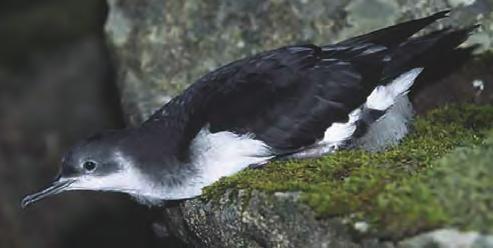
Community Benefits

With the largest island seabird colony in southern England restored, and a plateau of grassland and heathland that attracts thousands of migrant land birds, over 140 bird species can be seen in Lundy in a year.
Over 20,000 tourists visit Lundy each year to watch birds, hike, swim, kayak or climb. Visitors are shown the native plants and animals on warden-led walks, rockpool rambles and school activities, and are also invited to the regular beach clean-ups. The tourism industry that has developed around Lundy supports 28 permanent jobs in the Island and a dozen more off island, and creates a wide variety of training, apprenticeships and research opportunities for people from all over the world.

